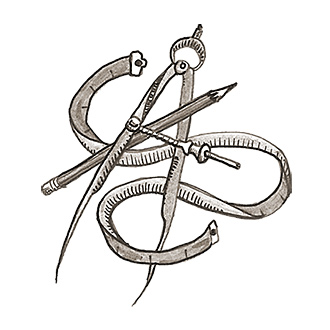
Related Questions
- Can seawalls prevent beaches from eroding?
- Can humans fly like birds?
- How can we make hearing aids work better?
- How long would it take to charge an iPhone with my fidget spinner?
- What do Legos have to do with engineering?
- Can we build a time machine?
- Why is a bicycle easier to control when it’s moving?
- Is it possible to make a Batman suit?
- Why do submarines move more like torpedoes than fish?
- What are the technological obstacles to colonizing another planet?
Can better helmets make football safer?
They already have, and they can always get better...
By Sarah JensenPlayers don’t suffer as many gridiron injuries as they did back at the turn-of-the-century when they strapped on lightly padded leather caps fitted with protective earflaps. But even then, a six-foot-something, 300-pound lineman running full-tilt in your direction was an invitation for injury. It wasn’t until 1938 that hard plastic football helmets made their debut, and ever since, engineers and manufacturers have focused on designing helmets to lessen the risk of concussion and other head and brain injuries on the field.
“It depends on the duration of the impact, but we believe impacts are non-traumatic if they stay below 20 Gs,” says Laurence Young, the Apollo Program Professor of Astronautics and professor of health sciences and technology in MIT’s Department of Aeronautics and Astronautics. However, it’s been calculated that larger linemen generate a 20 to 30 G impact on almost every play, and the force on the helmet of a wide receiver in the open field ranges from 40 to 150 Gs.
Today’s helmets do a great job protecting players from injuries such collisions might cause, from skull fractures to subdural hematomas, and advances in their construction and design have reduced football-related deaths to virtually zero over the past 20 years, thanks in part to companies like Simbex. Founded by Rick Greenwald, a research affiliate in Young’s department, the company developed in-helmet sensors to monitor in real time how hard a player is hit, how often, and the direction of the impact. Over the past decade, Greenwald and his team have collected data from thousands of high school and college players across the country resulting in a hit-severity profile they share with helmet manufacturers. The data is instrumental in the development of helmets that effectively reduce the amount of energy absorbed by the head. Their hard outer shell distributes force away from the point of impact, and the liner — typically made of foam, pads, or air-filled cells — absorbs some of that energy and minimizes rotational twisting that could mean torn dendrites and neural damage within the brain.
“It is unlikely that we can develop a helmet that will completely eliminate head injuries,” says Greenwald. “Players get hit hard and they get hit often.” But, he believes, as we better understand the physiology of concussions and other head and brain injuries, helmet design will continue to evolve and the incidence and severity of such injuries will be reduced even more.
Achieving that goal is not without its challenges. Helmets and liners must be comfortable and made of low-cost materials that fit the budgets of parents and school athletic departments. Adding weight to the helmet could lead to other injuries as strain is put on the player’s neck. And the helmet must not be so large that it becomes impractical. It’s no small task, but Greenwald remains hopeful that a balance between safety, appropriate materials, and aesthetics can be reached. “That’s all up to the engineers,” he says.
Thanks to Jeff Kramer of Sparta, Wisc., for this question.
Posted: November 26, 2013